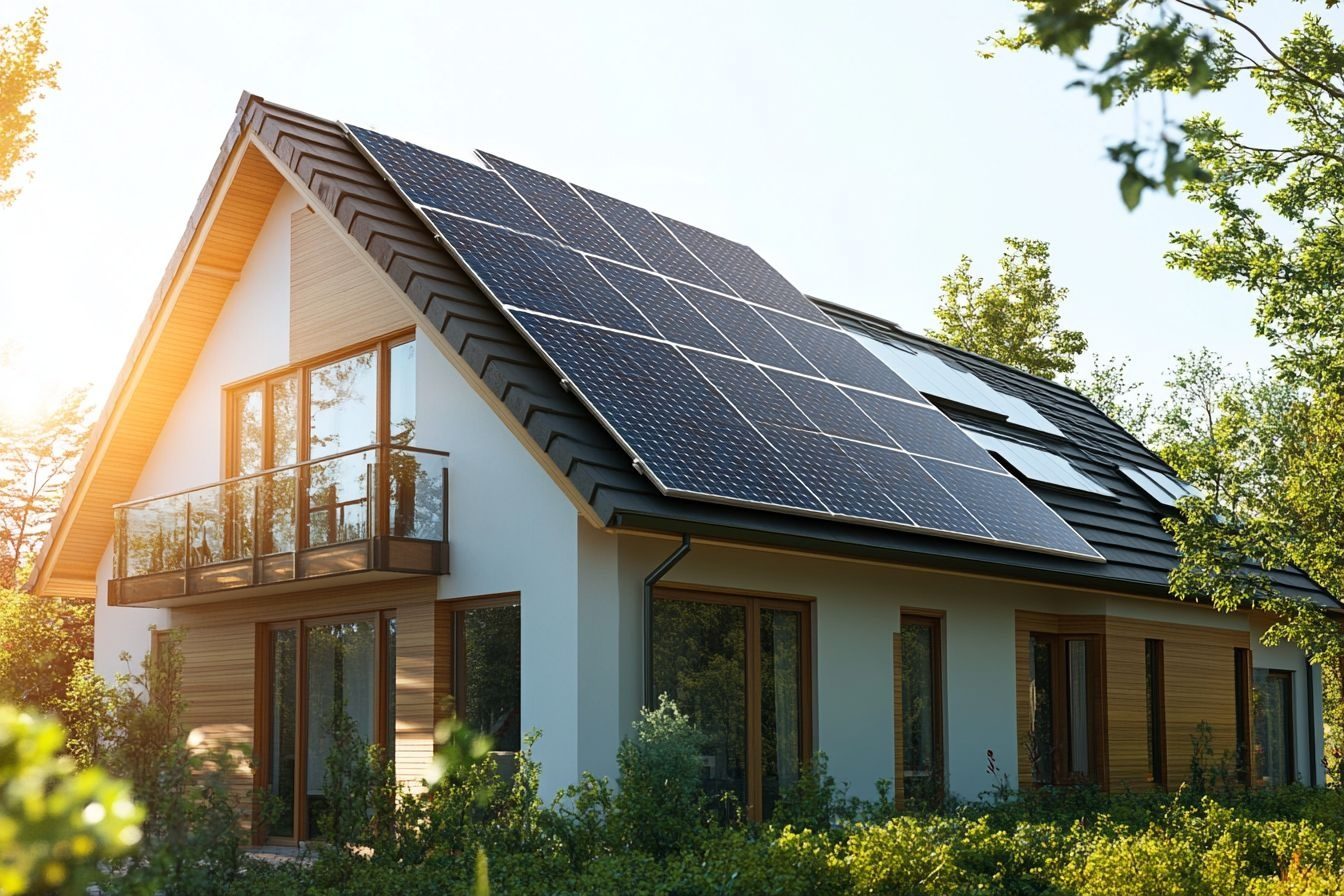Prefab Home Styles in New Zealand for 2025
Did you know prefab homes in New Zealand cut build times dramatically while offering top energy efficiency and design flexibility? Learn how choosing modular or transportable prefab homes can save money, reduce environmental impact, and deliver your dream home faster in 2025.

Prefab Home Styles Commonly Available in New Zealand
Transportable Homes: Flexible Options for Various Needs
Transportable homes are constructed to be moved and installed on different sites. Some builders like Keith Hay Homes and Transbuild provide pre-consented or readily available models. This type of home may appeal to buyers looking for quicker construction and cost-effective housing that can be relocated if necessary. Typical characteristics include:
- Standard or customizable floor plans
- Design considerations for transportation durability
- Compliance with New Zealand’s H1 building code, often aiming to meet or exceed standards
- A range of price points, including affordable models from providers such as Ezyline Homes
Modular Homes: Designed for Customization and Architectural Variation
Modular homes are built as factory-assembled modules with options for personal customization. Builders like Nook Homes and Branderson Homes emphasize architectural design and bespoke choices tailored to client preferences. Features often include:
- Designer-led layouts with customization capabilities
- Use of quality materials and finishes
- Environmental considerations incorporated into design
- Integrated services covering design, permits, transport, installation, and handover
Energy Efficiency and Eco-Friendly Features in 2025 Prefab Homes
Energy efficiency and sustainability are significant considerations in 2025 prefab homes across New Zealand. Many builders incorporate technologies and materials intended to improve thermal performance and reduce energy consumption, contributing to more comfortable and potentially lower-cost homes over time.
Common energy-efficient features include:
- Enhanced Insulation: Many prefab homes aim to provide insulation levels surpassing the minimum NZ building code H1 requirements. For example, Árból homes offer insulation ratings from R3.8 up to R7, compared with the code requirement of R1.3 for underfloor insulation.
- High-Performance Windows: Use of uPVC low-e double glazed windows helps reduce heat loss and noise, while improving indoor comfort and security.
- Mechanical Ventilation with Heat Recovery (MVHR): MVHR systems recycle heat from extracted air to warm incoming fresh air, designed to lower energy use and support better indoor air quality.
- Sustainable Building Practices: Some builders prioritize eco-friendly materials, waste minimization, and local sourcing, aligned with New Zealand’s environmental goals.
These features aim to contribute to homes that are warmer and potentially less expensive to heat and cool, while supporting healthier indoor environments.
Options for Customization and Architectural Styles
The prefab home market in New Zealand offers a variety of styles to suit different preferences and lifestyles. Styles range from modern minimalist to rustic and environmentally inspired designs, with variation depending on individual builders.
- Architectural Flexibility: Some builders, including Nook Homes and Branderson Homes, provide design consultations to assist clients in modifying plans or creating unique homes tailored to personal style and site conditions.
- Interior Features: Options may include loft spaces, indoor features such as treehouses, open living areas, and multi-use rooms.
- Materials and Finishes: Buyers can select from a range of materials, such as sustainable wood, stone, and specialized cladding, to suit aesthetic and performance preferences.
- Adaptability: Homes can be configured for on-grid or off-grid living, with associated services for power, water, and foundations considered during design.
This variety allows buyers to pursue home designs that reflect New Zealand’s environment and their own needs.
Overview of the Building and Delivery Process
Prefab homes in New Zealand are manufactured in factory-controlled settings to provide consistency, quality, and timeliness. This method mitigates weather-related delays common in traditional building.
- Factory Construction: Factories located across New Zealand—including Cromwell (Árból), Kerikeri (Advance Build), Auckland (Keith Hay, Nook Homes, Transbuild), Timaru (Genius Homes), and Levin (Greenhaven)—assemble homes in enclosed environments.
- Production Capacity: For example, some factories like Transbuild’s report annual production capacities around 160 units.
- Comprehensive Services: Builder packages often include design consultation, building consents, foundation preparation, onsite assembly, and handover.
- Transport and Installation: Transportable homes are delivered ready to install, while modular homes arrive in sections requiring onsite assembly.
This process offers potential benefits for buyers seeking structured timelines and professional support throughout construction.
Budget Considerations for New Zealand Prefab Homes in 2025
Prefab homes accommodate a range of budgets in New Zealand, offering options for different financial situations:
- Entry-Level and Cost-Effective: Providers such as Ezyline Homes offer transportable homes designed to be affordable while maintaining durability and speed of construction.
- Mid-Range Options: Builders like Keith Hay Homes provide offerings that seek to balance value, quality, and financing availability, including construction-phase loans.
- Higher-End and Customized Homes: Companies such as Nook Homes and Branderson Homes focus on premium modular homes with high-end finishes and extensive customization options.
Pricing depends on factors like design, size, and site requirements. Prefab construction methods may reduce labor and build times, which can contribute to overall cost savings compared to some traditional building approaches.
Considerations When Choosing Prefab Homes in New Zealand
- Speed: Factory construction generally aims to reduce building times compared to conventional methods.
- Quality: Controlled environments can help maintain consistent building standards and reduce construction defects.
- Environmental Considerations: Energy efficiency features and waste reduction efforts align with broader sustainability goals.
- Flexibility: Options range from transportable to modular homes accommodating diverse lifestyles, climates, budgets, and sites.
- Support: Turnkey services and experienced builders can assist throughout the design and build process.
Customer feedback available on builder websites and other sources describes varied experiences related to comfort, design, and builder service, reflecting individual circumstances.
In 2025, New Zealand’s prefab home sector offers modular and transportable designs that provide customization options, energy efficiency, and sustainable building approaches. Whether considering an affordable starter home or a customized design, prefab homes present a variety of choices. Leading builders such as Keith Hay Homes, Nook Homes, Advance Build, and Árból provide a range of prefab living options aimed at meeting diverse needs with a focus on quality and environmental considerations.
Sources
- Advance Build - The Top Prefab Companies in NZ
- Árból - Energy Efficient, Environmentally Responsible Prefab and Modular NZ Homes
- Waikato Business - Top 10 Pre Built Home Builders in New Zealand
Disclaimer: All content, including text, graphics, images and information, contained on or available through this web site is for general information purposes only. The information and materials contained in these pages and the terms, conditions and descriptions that appear, are subject to change without notice.




